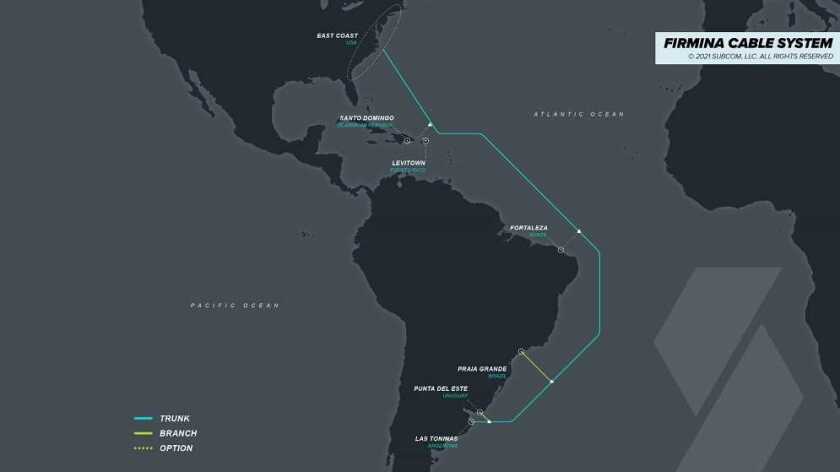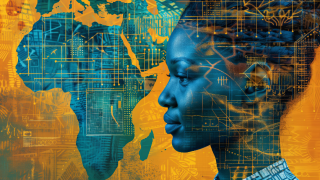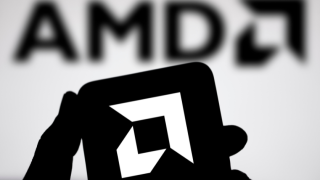Once live, the cable will run from the East Coast of the US to Las Toninas, Argentina, with additional landings in Praia Grande, Brazil and Punta del Este, Uruguay. Featuring a twelve-fibre pair trunk, Firmina will improve access to Google services for users in South America.
With that a contract officially in force, the system will leverage SubCom’s 18kV power technology, meaning Firmina was designed to be the world’s longest cable capable of maintaining operations with single-end feed power, should there ever be a far-end fault.
According to the company, this single-end power source capability is a priority for customers like Google, as it reinforces the reliability and overall resilience of the system.
“As people and businesses have come to depend on digital services for many aspects of their lives, Firmina will improve access to Google services for users in South America,” said Bikash Koley, vp of global networking at Google Cloud, said in a blog post.
“With 12 fibre pairs, the cable will carry traffic quickly and securely between North and South America, giving users fast, low-latency access to Google products such as Search, Gmail and YouTube, as well as Google Cloud services.”
SubCom will manufacture the cable and equipment for Firmina at its recently expanded manufacturing campus in Newington, New Hampshire in the US throughout the rest of 2021 and into early 2022. Main lay installation operations are scheduled for summer 2022, with the system due to go live by the end of 2023.
“It is our privilege to once again partner with Google to supply a high-speed, high-capacity undersea cable system that will encompass some of the most advanced transmission technologies in the world,” said David Coughlan, CEO of SubCom.
“Our organisation is built to take on the connectivity challenges that our customers present to us regularly. Having invested heavily in our R&D and manufacturing capabilities, SubCom is able to develop systems that meet the exacting demands of the world’s most active service providers, and to leverage the industry’s most advanced fleet of cable ships to deploy them.”
In true Google fashion, the cable is named after Maria Firmina dos Reis, a Brazilian abolitionist, considered Brazil’s first novelist, whose 1859 novel, Úrsula, depicted life for Afro-Brazilians under slavery.






